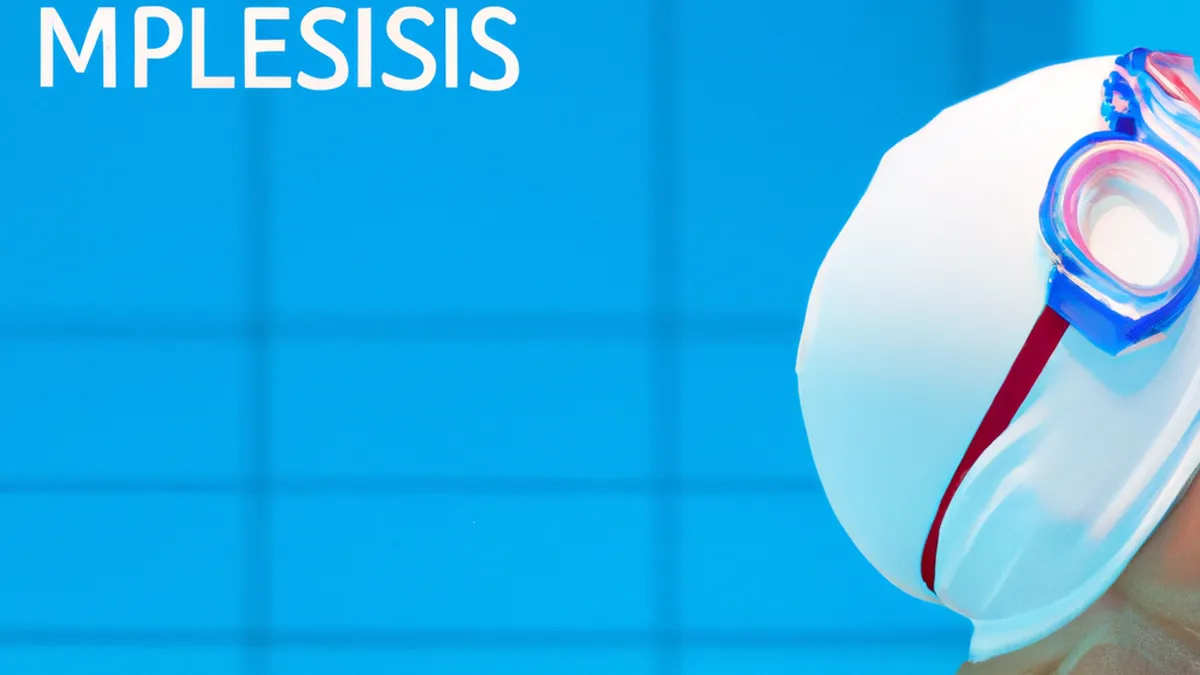Menopause and Swimming: A Perfect Match
Swim Training for Menopause: A Vital Tool for WellnessMenopause marks a significant transition for many women. It often brings physical and emotional changes, like weight gain, mood swings, hot flashes, and decreased energy. Swim training offers an effective way to manage these symptoms and enhance overall wellness. As a low-impact exercise, swimming combines cardiovascular benefits, improved muscle strength, and enhanced mental health. This post explores swim training benefits, offers tips for beginners, and suggests ways to stay motivated.
Why Swim Training?
Swim training serves as an ideal exercise for women experiencing menopause for various reasons:
Low-Impact Exercise
Swimming provides a low-impact workout that minimizes joint stress. As women age, joint pain may increase, making high-impact activities less appealing. Swimming allows for a full-body workout while protecting your joints, making it a great choice during menopause.
Cardiovascular Health
Swimming boosts cardiovascular fitness effectively. Regular swimming helps regulate blood pressure, improves circulation, and lowers heart disease risk. A strong cardiovascular system can also alleviate menopause symptoms like fatigue and mood swings.
Muscle Strength and Tone
Women often lose muscle mass during menopause due to hormonal changes. Swim training helps build strength and improve muscle tone. Water resistance effectively engages various muscle groups, promoting strength and endurance. Maintaining muscle mass supports metabolism and weight management.
Flexibility and Balance
Swimming strengthens muscles and improves flexibility and balance. Flexibility becomes essential for preventing injuries and maintaining a good range of motion as women age. Swimming promotes flexibility through various strokes and movements, ensuring a comprehensive workout that keeps the body agile.
Tips for Starting Swim Training
As an Amazon Associate I earn from qualifying purchases.
Gear tip: consider swim goggles, swim cap, and kickboard to support this topic.
Set Clear Goals
Set clear, achievable goals before starting swim training. Determine your objectives: Do you want to improve endurance, build strength, or enjoy a relaxing activity? Specific goals will help you stay focused and motivated. For instance, aim to swim three times a week for 30 minutes, gradually increasing duration and intensity as you gain confidence.
Choose the Right Technique
Proper swimming techniques maximize your training benefits. Beginners can start with freestyle and breaststroke, engaging various muscle groups while promoting cardiovascular health. If you’re unsure about your technique, consider lessons from a qualified instructor for valuable feedback.
Conclusion
Swim training offers numerous benefits for women experiencing menopause. It enhances physical health, strengthens muscles, and promotes mental well-being. Start your swim journey today!
Below are related products based on this post:
FAQ
What are the benefits of swim training during menopause?
Swim training provides a low-impact workout that minimizes joint stress, making it ideal for women experiencing menopause. It enhances cardiovascular health, builds muscle strength, and improves flexibility, all of which help manage menopause symptoms and promote overall wellness.
How can I start swim training effectively?
To start swim training effectively, set clear and achievable goals based on your objectives, such as improving endurance or building strength. Consider beginning with basic strokes like freestyle and breaststroke, and seek lessons from a qualified instructor if you need guidance on technique.
Why is swimming considered a low-impact exercise?
Swimming is considered a low-impact exercise because it minimizes stress on the joints while providing a full-body workout. This makes it particularly beneficial for women during menopause, as it allows for effective physical activity without the risks associated with high-impact exercises.















Post Comment